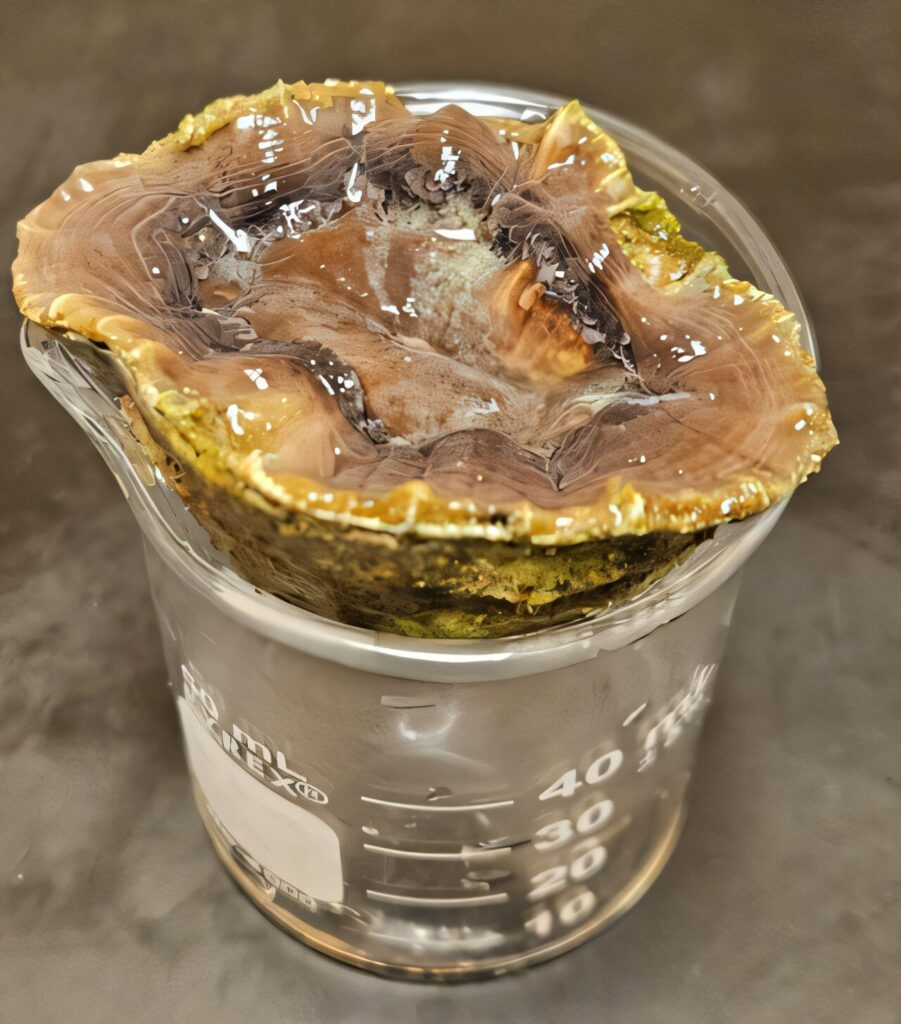University of Waterloo researchers have pinpointed for the first time how microplastics accumulate in coral reefs, a key step to understanding how to protect vulnerable ecosystems.
A team at Waterloo’s Faculty of Engineering used nanotechnology to determine that mucus naturally secreted by coral reefs has strong adhesive characteristics and therefore traps microplastics floating in the ocean.
“This discovery is critical because it helps us understand how microplastics attach to coral ecosystems, which is vital for developing effective removal strategies,” said Dr. Boxin Zhao, a professor in the Department of Chemical Engineering and member of the Waterloo Institute for Nanotechnology. The research is published in the journal ACS ES&T Water.
Coral reefs are important, diverse ecosystems that provide food shelter, breeding grounds and nurseries for millions of species, about a quarter of all marine life.
They also play a role in filtering water, creating oxygen, and protecting shorelines from the destructive impact of storms and floods.
In addition to the devastation caused by climate change, the world’s coral reefs are now threatened by the buildup of microplastics on their branches.
The researchers brought a fresh perspective in material science to the problem by using nanotechnology to examine the interface between coral reefs and microplastics.
In a unique experiment, they created a simulated environment in the lab to mimic conditions in an actual coral reef, then ran mechanical adhesion tests on both a real reef and the synthetic reef to measure contact forces and identify mucus as the cause of microplastic adhesion.
The next step for the research group is to use their new insight to develop cleanup technologies to capture microplastics and protect marine life. Removal strategies must ensure microplastics from reefs don’t just float back into ocean water.
Researchers say one of the most promising possibilities they have considered would involve building artificial coral reefs that can divert and collect plastic pollutants to improve ocean remediation efforts.
“By understanding the forces involved in microplastic adhesion, we can design solutions that not only prevent further harm, but also mitigate further microplastic pollution in coral reefs,” said Dr. Sushanta Mitra, executive director of the Waterloo Institute for Nanotechnology.


